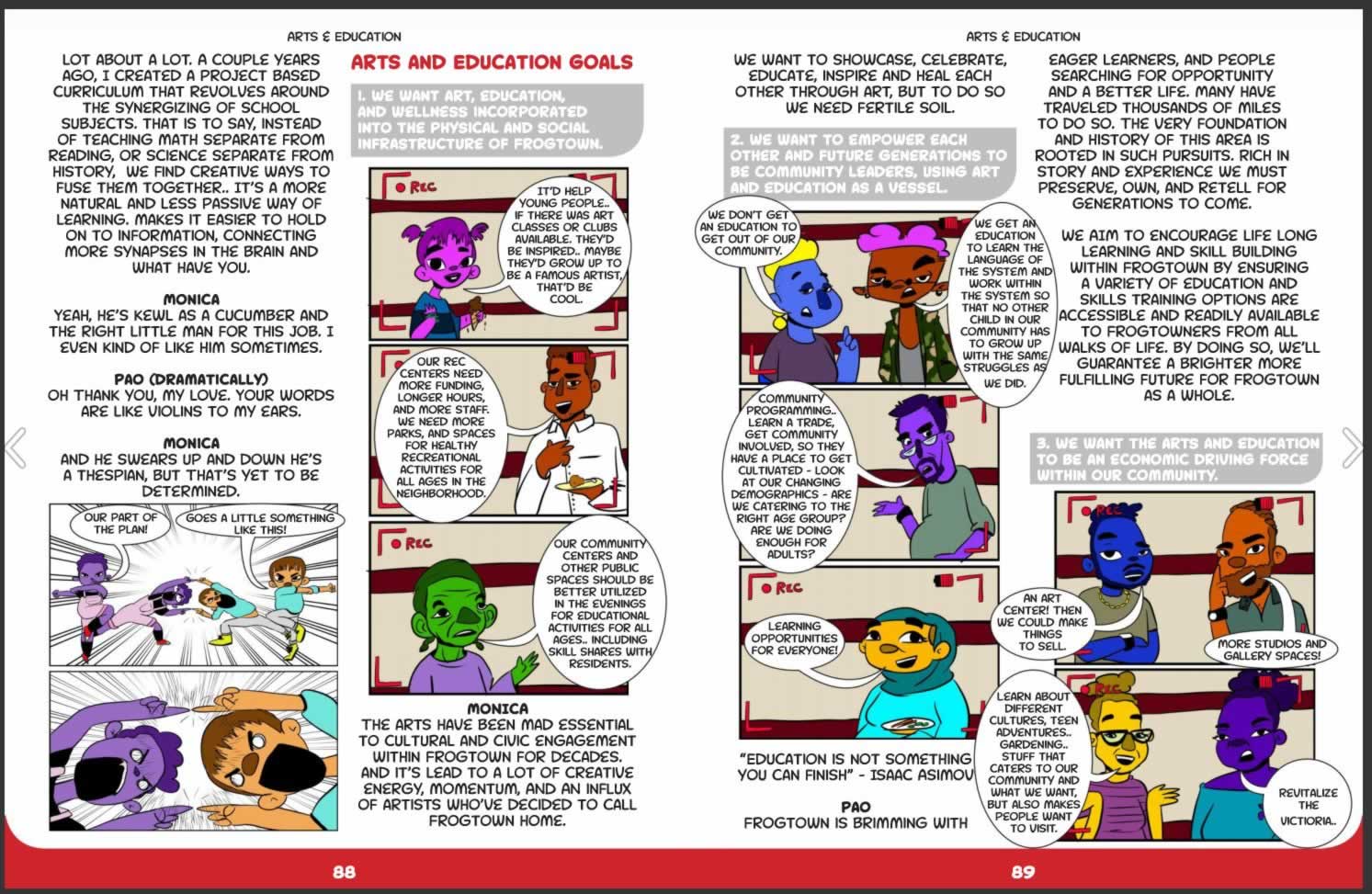So via Georgia Council for the Arts’ social media is a study on Artsy finding that many Americans would rather do something creative than watch TV or surf the net.
I initially wondered if there might be a bias to the study seeing it was commissioned by “Bluprint, NBCUniversal’s subscription service for online creative learning,” even though I am pretty sure NBCUniversal probably wouldn’t want to advertise the fact people would rather not be watching tv or streaming content.
The study was conducted by IPSOS with over 2000 randomly selected people so the results are probably relatively dependable. They asked participants about their creative hobby which was defined as “anything from drawing and painting to knitting, baking, making music, beer brewing, or journaling.”
What the study found was pretty interesting (my emphasis):
Americans have creative hobbies, but they’re hungry for more creative stimulation.
- 75 percent of participants reported having at least one creative hobby.
- The most popular activities were baking, gardening, cooking (beyond everyday meals), home decor, and DIY crafting.
- 68 percent said that they are eager to use their creativity more often.
Participants with creative hobbies reported that making things by hand brings them joy.
- 79 percent said they “love the process of creating something from scratch.”
- 88 percent agreed with the statement: “Successfully finishing a creative project brings me joy.”
- 75 percent reported that they “make mistakes along the way,” but that doesn’t lessen their “enjoyment.”
Some would sacrifice streaming TV and movies for their creative hobbies.
- Of those who have Netflix, 77 percent would rather give up their subscription than give up their creative hobby.
Parents want their children to have ample opportunities for creativity.
- 77 percent agreed with the statement “I want my child(ren) to be more creative than I got the opportunity to be when I was a child.”
- 61 percent agreed that “public education doesn’t focus enough on creative arts.”
- 72 percent agreed that “standardized test scores are prioritized more than creative thinking in schools.”
- 79 percent of parents would prefer that their children “make just enough to get by in a creative job that they love,” rather than “make lots of money in a job they aren’t passionate about.”
Those findings I bolded really jumped out at me. I was interesting to me that they asked about mistakes and failures being a disincentive to continuing their hobby. It made me feel like the survey creators understood some of the underlying concepts behind creative expression. (Versus a sense that only something that is marketable has value.)
The bit about giving up Netflix before their hobby probably runs counter to a lot of the assumptions we all make about how people prefer to spend their free time.
I was also surprised that nearly 80% of parents wanted their kids to achieve just enough in their careers to support their creative pursuits rather than make a lot of money. Honestly, I wondered if it was the way the question was phrased or if people knew what answer they were ideally supposed to chose rather than what they would push their kids toward in practice.
My cynicism aside though, it was good to read something outside the circle of content I regularly consume specifically mentioning that people are recognizing that they have the capacity for creative expression and have begun to exercise it.









I've been to a few of the Science on Tap events, though I never gave a talk at one of…